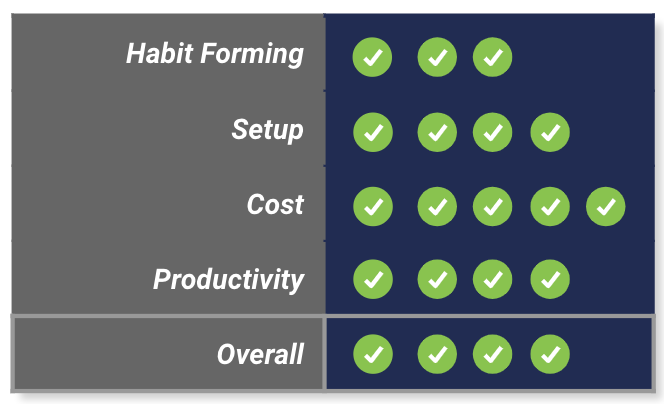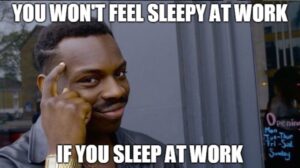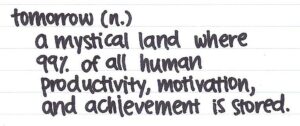I’m pretty confident that if we did a survey of everyone on the planet, that works in an office, about things they despise about their job, ‘internal meetings’ would be pretty high up on the list. There’s just nothing worse than walking into what you expect to be a busy and productive week and realising 2/3rds of your week is pre-booked by things you don’t even deem important or in some cases, relevant.
In this post you’ll see one core rule followed by the 3 types of meetings that I’ve tried and tested to optimise for productivity.
Golden Rule: Take the Swedish Approach
Sweden are famous for their disruptive approach to the working day. As a country that has a big focus on work-life balance, many companies (especially startups) operate a 6 hour working day rather than the conventional 8. What makes this really special however, is that many companies report zero drop in output – zero!
An 8 hour work day is an arbitrary rule that we’ve all just naturally accepted. But if you were paid the same amount of money to achieve the same targets and the same amount of work in 6 hours – I bet you’d find a way! I’m not claiming it’s a good idea or something we should all follow, but I do think that it’s true.
A few months ago we had an external consultant come in and do a half-day workshop with the office that revolved around problem solving, idea generation and thinking outside the box. At the end of the session, everyone was given a different problem/theme and tasked with coming up with an idea to make it better – my team suggested cutting all 60 minute internal meetings to 30 minutes. I rolled it out instantly, noticed zero change in productivity in those meetings and really appreciated the time back.
The golden rule is to take your standard meeting duration wherever you work, and halve it. Then have structure in place to ensure maximum productivity in the time you have. Also, turn up on time 🙂
Manager <> Employee Meetings: The 15/10/5 Rule
The first thing we did to work a 60 minute 1-2-1 meeting into 30 minutes… worked! It’s incredibly simple, but effective.
- The first 15 minutes of the meeting is for performance related updates led by the employee (pipeline reviews etc)
- The next 10 minutes are to discuss anything the manager specifically wants to talk about (projects etc)
- The last 5 minutes are for anything else either side wants to talk about (first refusal given to employee)
That’s it! Have 30m back in your day and crack on.
Team Meetings: Pre-set Agenda
This one’s straight from my previous post about project management – but it’s very relevant here. If you’re going to have team meetings (we do a bi-weekly per function) then make sure you have things to talk about. We use a Trello board where anybody can list ideas, training requests, product feedback or anything related to our quarterly projects, then that steers the meeting.

On and one very simple rule that’s a must to avoid these being stale and everybody hating you – if nobody has anything to talk about… cancel it!!
Peer <> Peer Meetings: No Agenda By Design
Obviously if there’s truly nothing anybody wants to talk about – don’t waste your time. But when it’s a P2P meeting, particularly between managers, it can be beneficial to go in with no set agenda. Just have a chat, talk about what you’ve each been working on (I know, that’s technically an agenda but you get the point) and see where the conversation takes you. It sounds fluffy and like a waste of time but some of the best things we’ve done have come off the back of meetings like this. Plus, no prep work = time saved! 🙂
I score this productivity hack as:

Let’s be real – calling this a ‘hack’ is a bit of a stretch, but it does help productivity. All we’re talking about here is applying structured agendas to a meeting, so there’s no cost at all. It gets marked down for habit forming and setup on the basis that whilst it’s easy to say “this is how it works moving forwards” – getting all parties involved to stick to it can be a bit more complex. Nevertheless, it’s a simple change that can turn something that’s a big part of any office-based job, from an annoyance into an asset.



